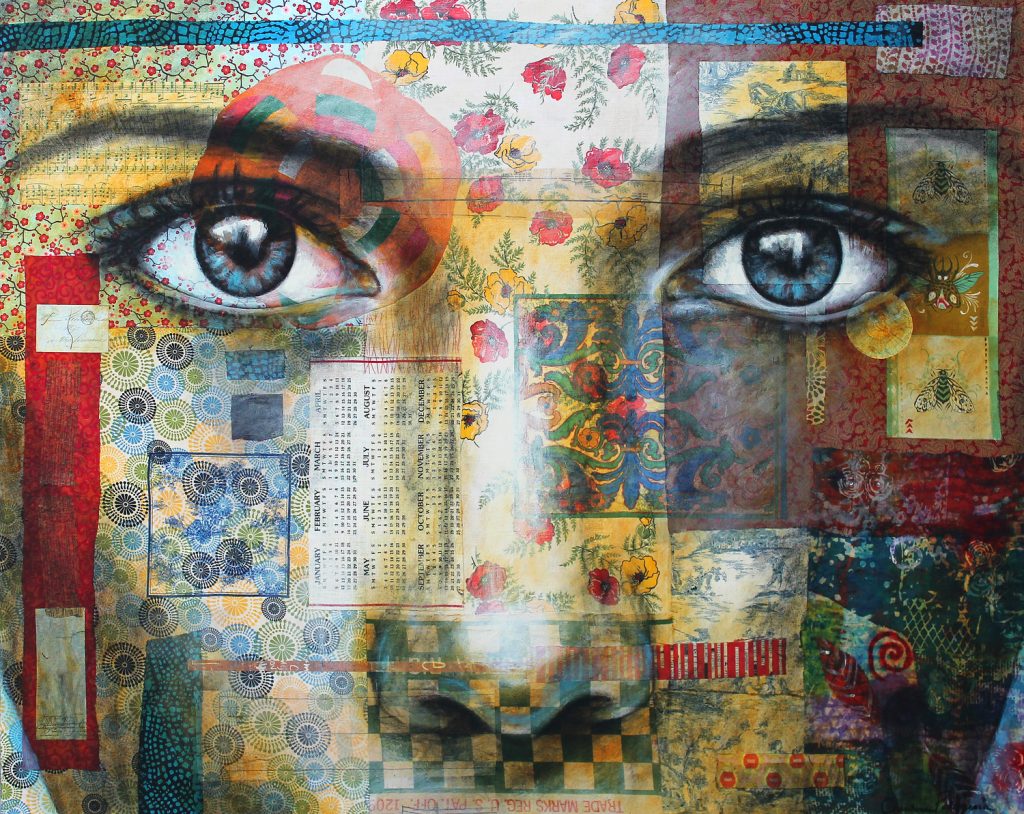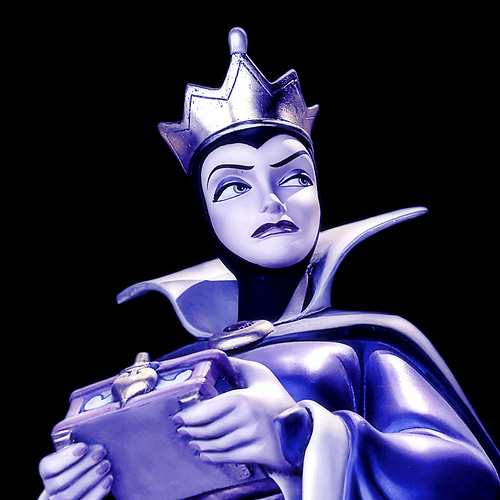Tips for Building a Riveting Main Character
Today’s post is by Natasha Lane.
As writers, our main characters are usually some manifestation of ourselves. These beings that run around our heads, tossing story ideas at us in rapid succession, are miniature versions of ourselves. Sometimes they only partially represent us, symbolic of specific aspects of our personality. Other times, they are everything we are at the moment we write them into existence, or, in some cases, they are what we hope to be.
Still, despite being their creators, we sometimes just don’t know what to do with them! Our minds fill up so quickly and our characters can be sporadic—it’s enough to make a writer toss her laptop out the window and become an accountant.
Well, not really. Let’s not do anything too drastic here. The point I’m trying to make is characters can be hard to get a hold of, especially if you’re trying to write at a professional level. Readers need to be able to connect with your main character, they need to be able to identify his purpose, how he helps the story, etc.
So how the heck do we get all those points across? How do we build a main character that works for us, our story, and our readers?
Chocolate muffins and coffee (or tea!) to start—but there are some other helpful tips too.
First, ask yourself if you want your story to be character-driven or plot-driven.
Plot-driven stories tend to have hesitant or reluctant characters. These stories are perfect for the “unlikely hero” trope. A story being plot-driven means aspects outside of the character’s control are usually what propel the story forward, making it perfect for shy or timid protagonists.
Character-driven stories tend to have strong-willed and assertive characters. The plots in these stories develop primarily because of the character’s actions. These characters don’t wait for things to happen to them. Instead, they take control of their agency and cause things to happen. Perfect for brave or ultimate hero types.
However, the type of story you’re writing isn’t the only thing you need to be concerned with. You should consider what mood you’re trying to convey in your story.
If you’re trying to build a doom-and-gloom sort of feel, having a protagonist that’s a ball of sunshine isn’t going to get the point across. In situations like these, the happy-go-lucky characters are better suited as sidekicks.
Of course, there are always exceptions to the “rule.” If you’re writing a peppy character who suffers a great loss and goes “dark,” the gloom can still come through.
Now, let’s talk about tropes. Are you going to use the Chosen One trope or is it going to be more of a team effort?
If you plan on having several main characters, you need to consider how your protagonist is going to interact with each of them. Consider what sort of relationship you want him to have with each of the others, and those answers will help determine how to build your main characters.
A great example is any of the lead characters from “Six of Crows” by Leigh Bardugo. They make a great team because they each bring something to the table—both skill-wise and in personality too.
Another tip is to ask yourself how you want readers to feel about the main character.
Though it may be hard to believe, sometimes authors want readers to dislike their protagonist, at least a little bit. This may be done to push character development at some point down the line.
Whatever the purpose, knowing how you want readers to feel about your protagonist helps you decide what characteristics to portray in her. Actually, this can help with building a character’s backstory, as well.
Generally speaking, if you want the reader to admire your character, write her with traits such as bravery, selflessness, and strength. Maybe you want people to feel sorry for your character, so make her shy, hesitant, or seeming to have an endless string of bad luck. On the flip side, if you want readers to hate your character, make her greedy, violent, selfish, etc., though it’s suggested you build a backstory to explain why.
The last tip is to wonder what sort of development you want to see in your character.
Ask yourself, “Where do I want my character to start, and where do I want him to end up?” Character development is one of the most interesting parts of a story both from the reader and writer perspective. It allows the reader to grow with the character and therefore become quite invested in him.
So, are you going to have an antihero who finds his way to the path of the good guys? Or maybe your ultimate hero is going to have an epic downfall and start lounging around with the bad guys? Both those character arcs are going to be very different—meaning, how you write your characters at the beginning and at the end of the journey will be different, as well.
However, the most important thing to remember about writing is there aren’t too many hard-and-fast rules. Of course, you need to put a question mark at the end of a question, but remember: your writing is your own.
 Natasha Lane is a friend of most things caffeinated, a lover of books (particularly fantasy), and a writer to her core. Her first fantasy novel The Pariah Child & the Ever-Giving Stone is set to come out this spring. Connect with Natasha at her website, on Facebook, Instagram, or Twitter.
Natasha Lane is a friend of most things caffeinated, a lover of books (particularly fantasy), and a writer to her core. Her first fantasy novel The Pariah Child & the Ever-Giving Stone is set to come out this spring. Connect with Natasha at her website, on Facebook, Instagram, or Twitter.
Painting by Christine Peloquin












Great article. I want my readers to like, maybe love, my characters, and was worried they were not likable. I’ve read books where I didn’t care at all for the main characters, and would hate for someone to read my book and ask why I portrayed them in such a negative light. Can always find a way to give the character some qualities that hinted of some heroic or noble facet beneath the foolish or unpleasant things they do.
Hello. I’m so glad you enjoyed the post! You’re also a 100% right. Even the most horrid of villains can have a backstory or a single redeeming quality that brings sympathy. A great example is Snape from the Harry Potter series. He’s the “bad guy” for most of the books but when you hear his background you soften for him a bit.
Lots of good information here. I especially like your point about characters interacting with each other and their relationships. It’s not enough to put two characters together in a scene just to satisfy the plot. Spending more time beforehand to think about how and why they’re going to interact a certain way (or an uncertain way) may do more to help the plot. This should also make their actions and words more realistic.
One point I tend to disagree with is character-driven stories “tend to have strong-willed and assertive characters.”
Whether they cause things to happen or are being acted upon, they can still drive a story, if the writer takes the time to also explore why they act the way they do.
Strong-willed or assertive, weak-willed or passive, it’s up to the writer to portray the character as an individual with a story purpose.
Thanks for the tips.
Hello! I’m so glad you enjoyed my post and that you found it helpful. Of course, you’re right. It is up to the author to write the character/story in a way that they’ll take action and push the story forward. I do think it’s easier to do this when the character is more assertive but, like you said, it’s not impossible if he/she is passive.
Thank you for your comment.